Dances and Traditions of Panama at the Carreta Steakhouse
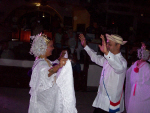
The Coronado Golf and Beach Resort and Digicel hosted Dances and Traditions of Panama at the Carreta Steakhouse on Saturday, April 11. Dances and Traditions of Panama is a performance of dances in Panamanian traditional costumes and has performed throughout Panama, in Venezuela and in Mexico. The Miguel Leguizamo Association presentation of Dances and Traditions of Panama has presented a program of fifteen folk dances since 1988. Professor Aristides Burgos directs the troupe which performs at the Corpus Christi Festival in Los Santos. In its performances Dances and Traditions of Panama preserves a part of Panama’s history.
Dances and Traditions of Panama starts with a dream of the indigenous people and moves on to the arrival of the Spanish and the Conquest. Angels subdue devils in a dance. African slaves arrive, listen to drums and escape into the mountains. The music is part of the dance and dance part of the rhythm of the music.
Caribbean workers come to help build the Panama Canal and the dance and music change to calypso. Dancers dressed as descendants of pigmies dance the Dwarf’s dance as the rhythm changes again.
Young men in search of love portray a wedding scene, preparation, the mass, and a reception where the dancing lasts all night.
In the Danesa Zapateadores duel two neighbours fight for the love of a lady by tap dancing their way to her heart, a typical dance from the province of Los Santos.
At the climax each dancer portrays a different theme from coq fights to patriotism, to young couples coming together, to, finally, the Carnival with many queens. At the end of the evening each dancer invites a guest to join them on the dance floor, a scene also reminiscent of Carnival.
Costumes worn in Dances and Traditions of Panama try to be as true to tradition as modesty allows. The traditional Devil Dance features indigenous men with red and black stripes painted in their bodies. They wear masks with feather-plumed headpieces, sandals and wooden castanets between thumb and forefinger. The dance is traditionally done to Spanish guitar music. Today in Dances and Traditions of Panama the music is the same but the dancers wear red and white costumes with paper maché masks.
The beautiful women in Dances and Traditions of Panama wear the traditional dress, the Pollera. This costume consists of a blouse, petticoat, and skirt. A colored yarn ball is worn at the front of the skirt with a matching ribbon and shoes. The commentator describes the handing down of these dresses from mother to daughter for generations going back to early Spanish Colonial days.
The masks on display before Dances and Traditions of Panama are works of art and a treat by themselves. Handcrafted in paper maché the masks portray devil and angels. Some of the masks take as long as three weeks to fabricate. Out of paper maché bears and tigers stare back at you along with characters from all of the cultural traditions of Panama.
Seating for Dances and Traditions of Panama is free although a mouthwatering buffet with excellent seating was available Saturday at Carreta. The corvina ceviche was especially good as were, small portions, of the chicken, pork, and seafood dishes. The guayaba cheese cake was delicious.
If you missed Dances and Traditions of Panama and get a chance to go see it please do. They put on a good show and the ladies’ costumes by themselves are worth the trip. Thanks to Carreta Steakhouse and to Coronado Golf and Beach Resort and Digicel for hosting Dances and Traditions of Panama!
Photo Gallery for Dances and Traditions of Panama at the Carreta Steakhouse
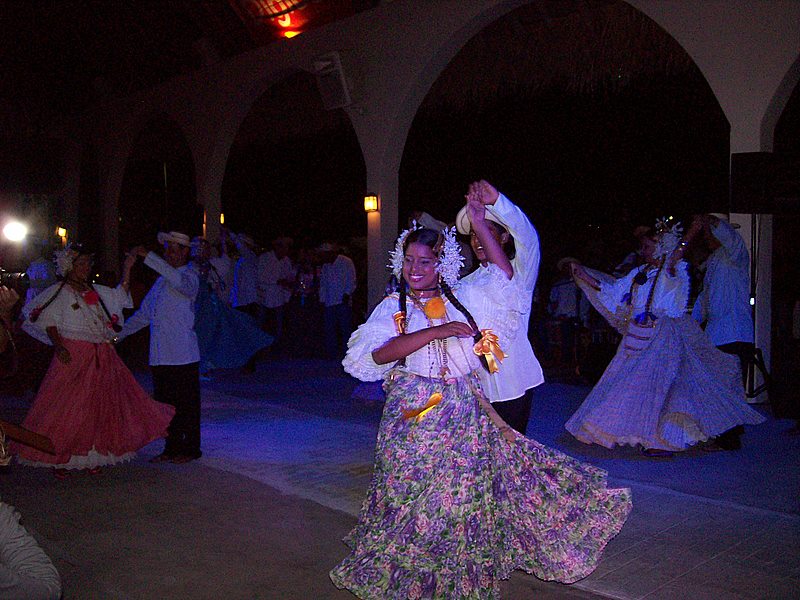 Title
Title
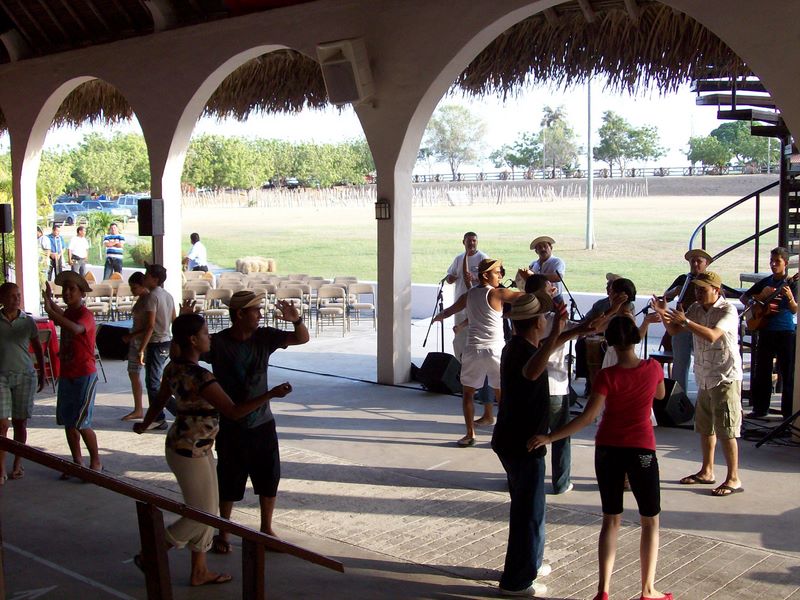 Title
Title
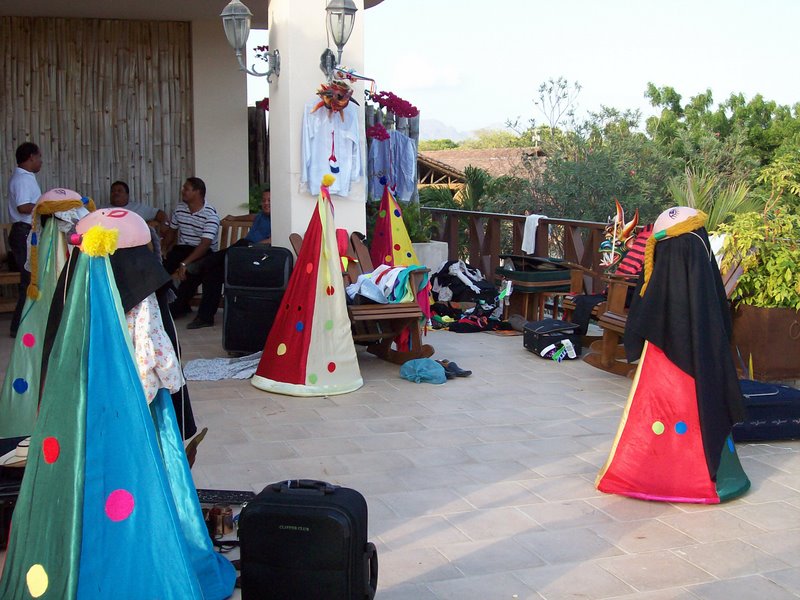 Title
Title
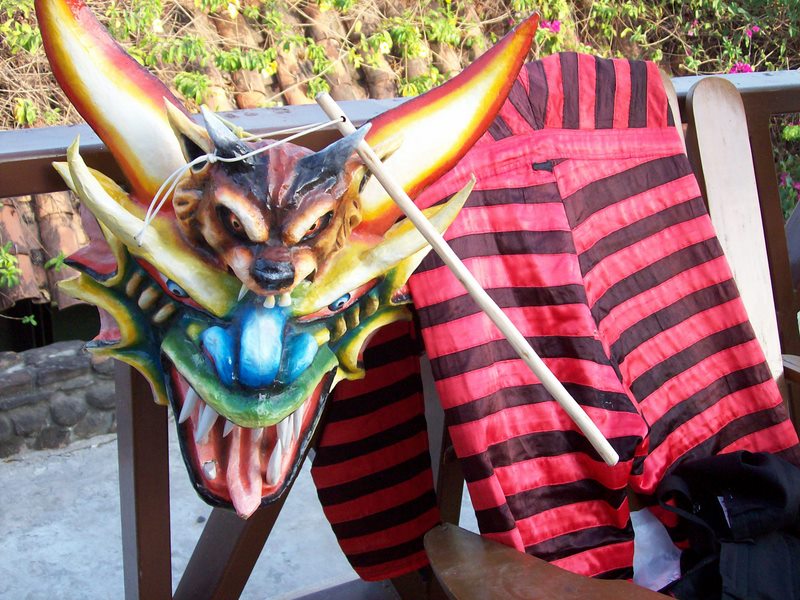 Title
Title
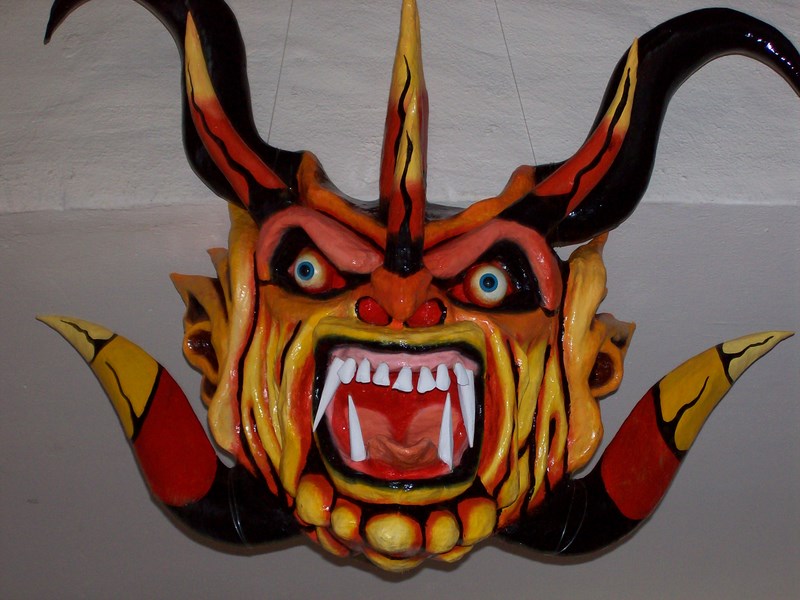 Title
Title
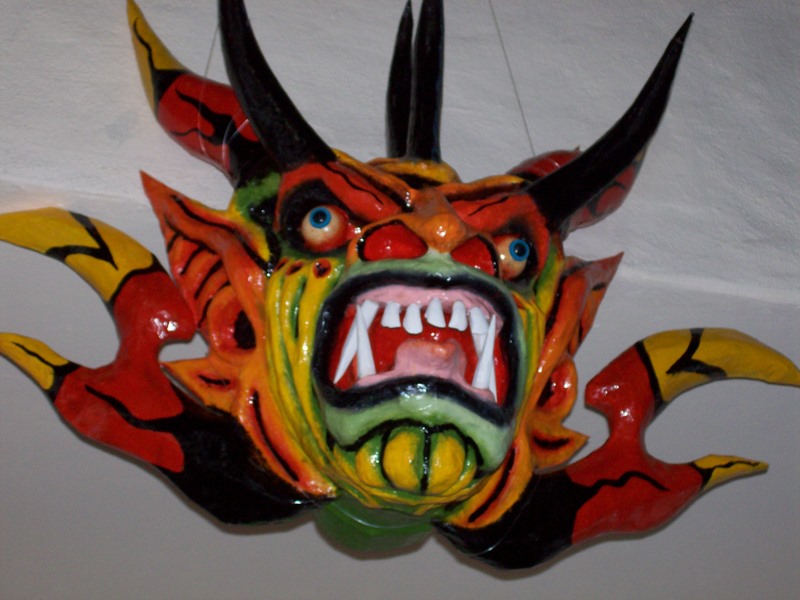 Title
Title
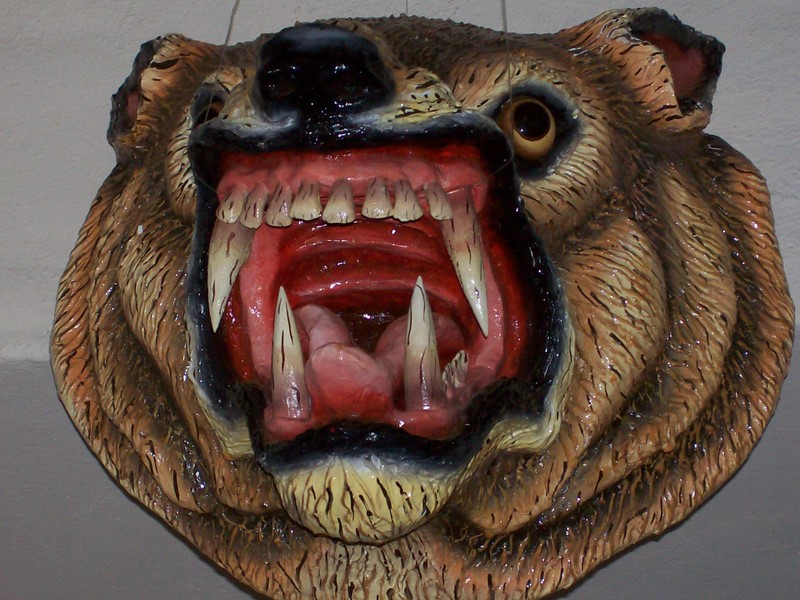 Title
Title
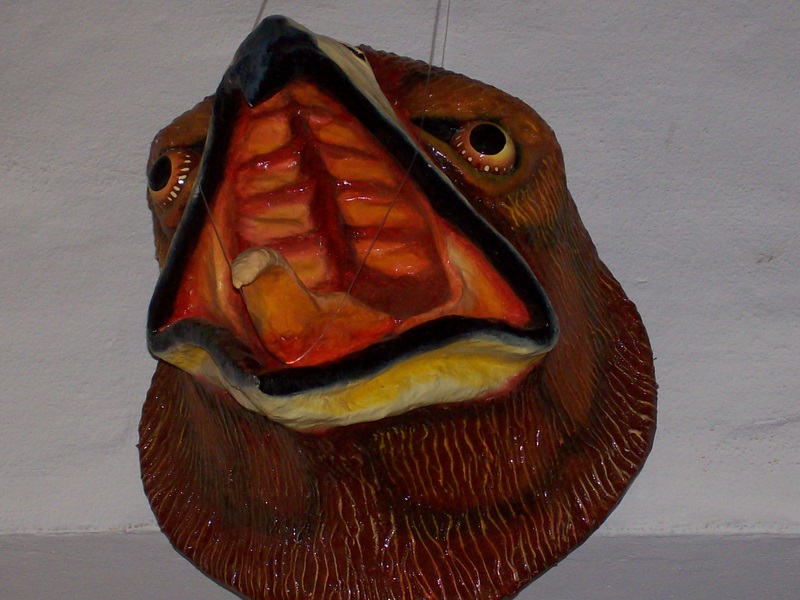 Title
Title
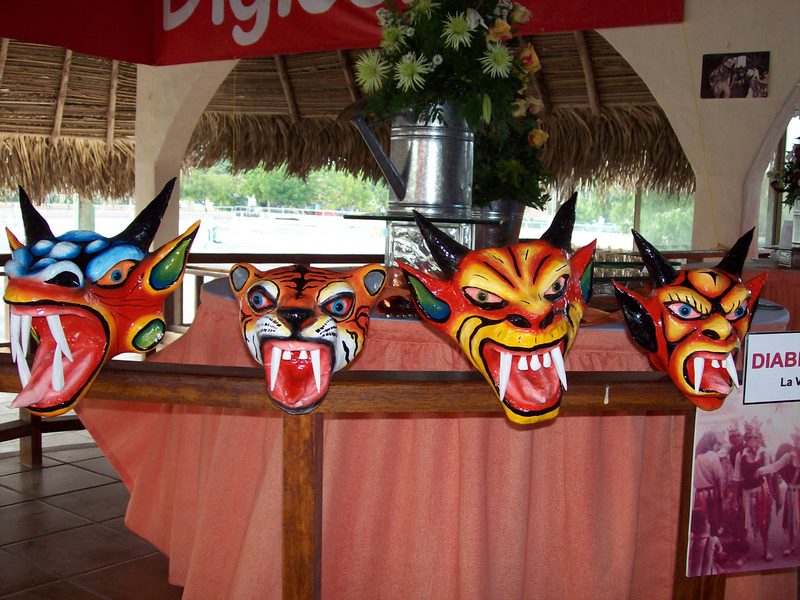 Title
Title
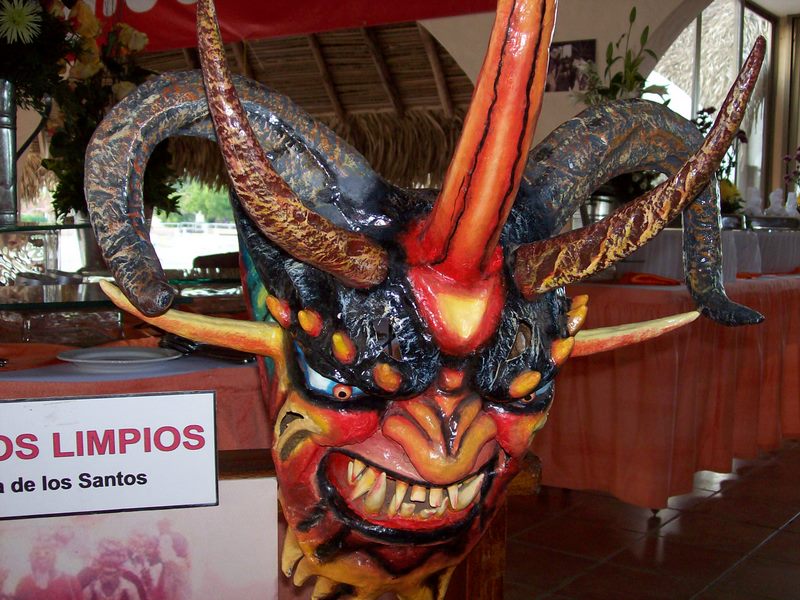 Title
Title
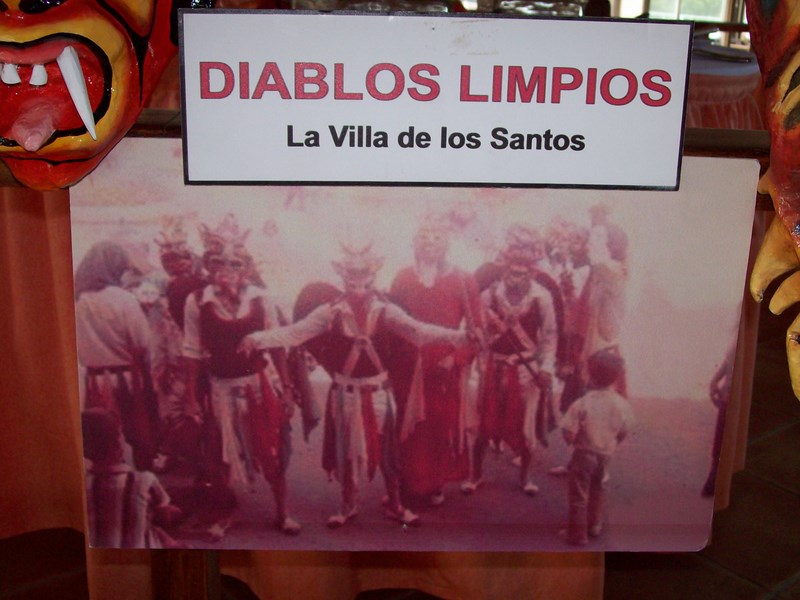 Title
Title
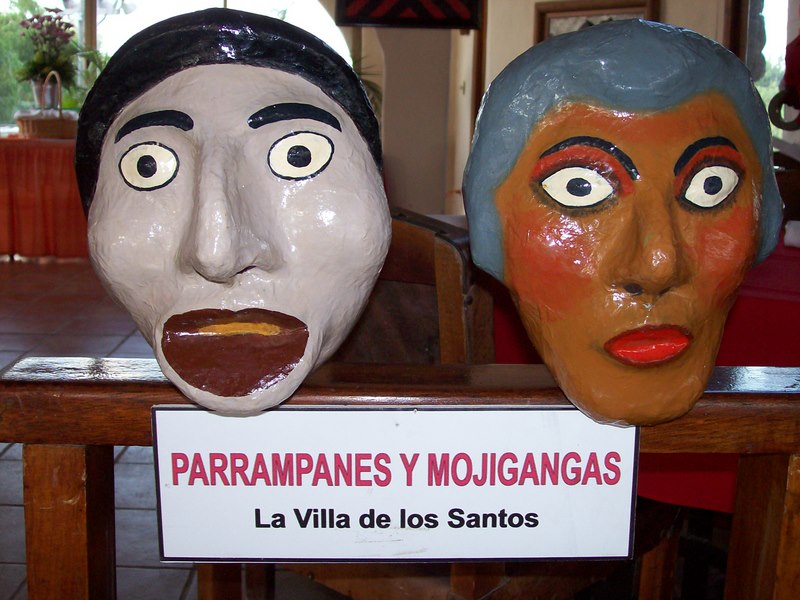 Title
Title
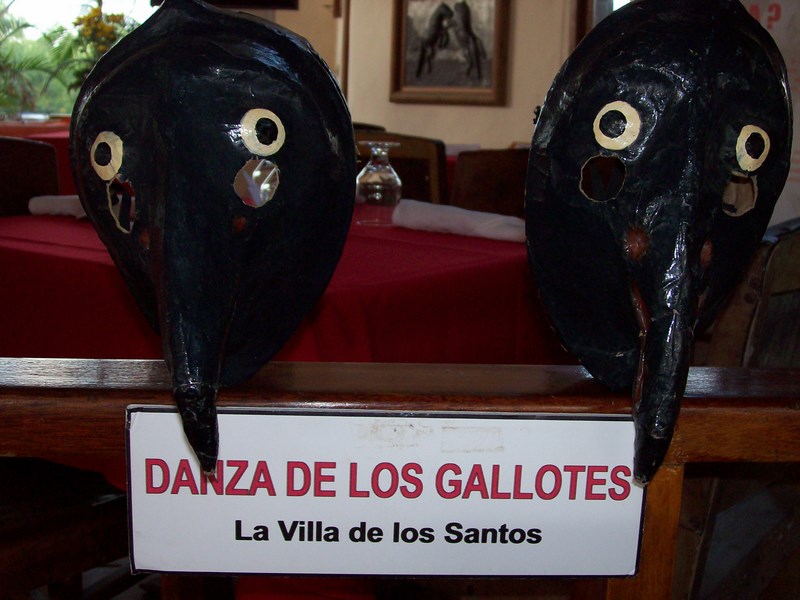 Title
Title
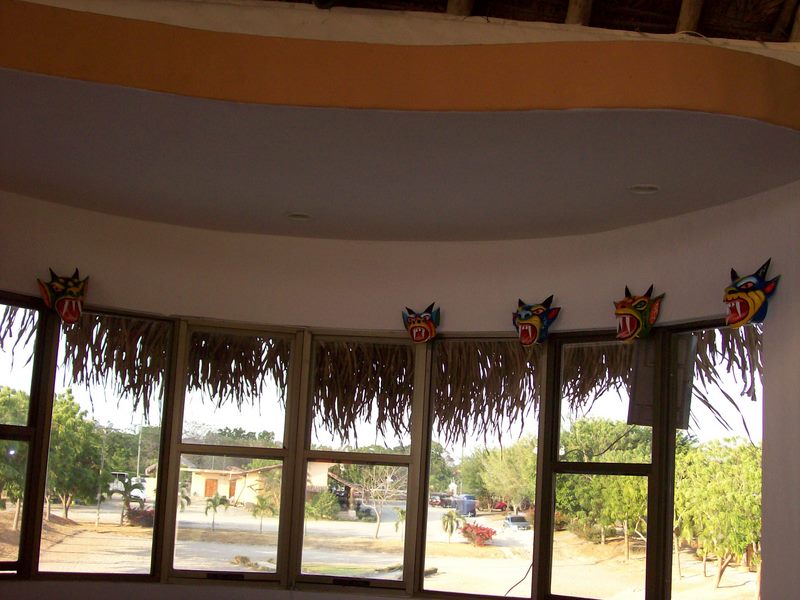 Title
Title
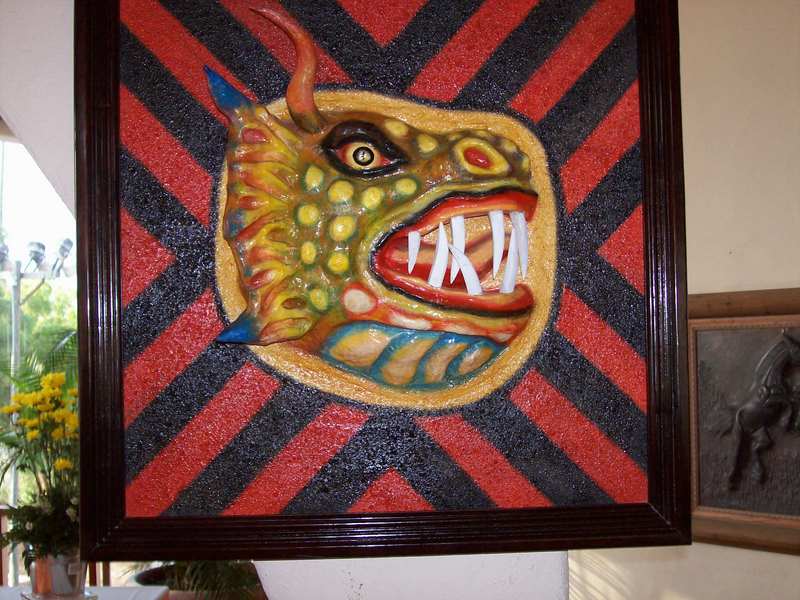 Title
Title
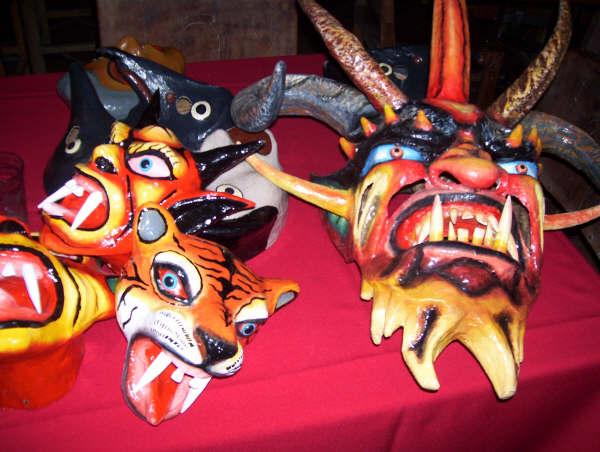 Title
Title
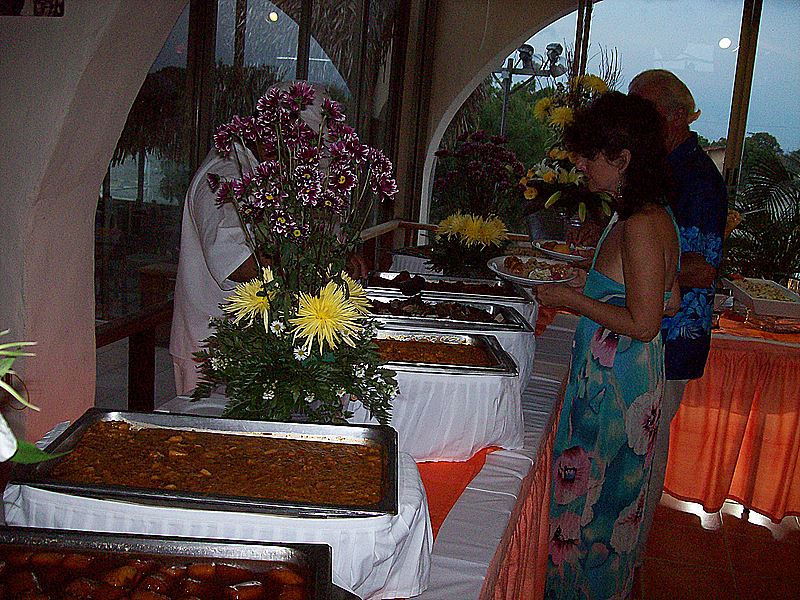 Title
Title
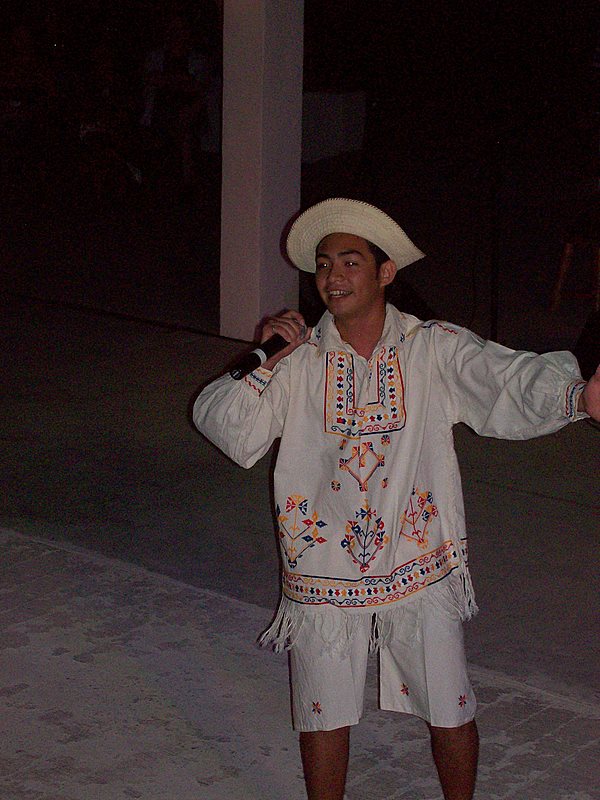 Title
Title
 Title
Title
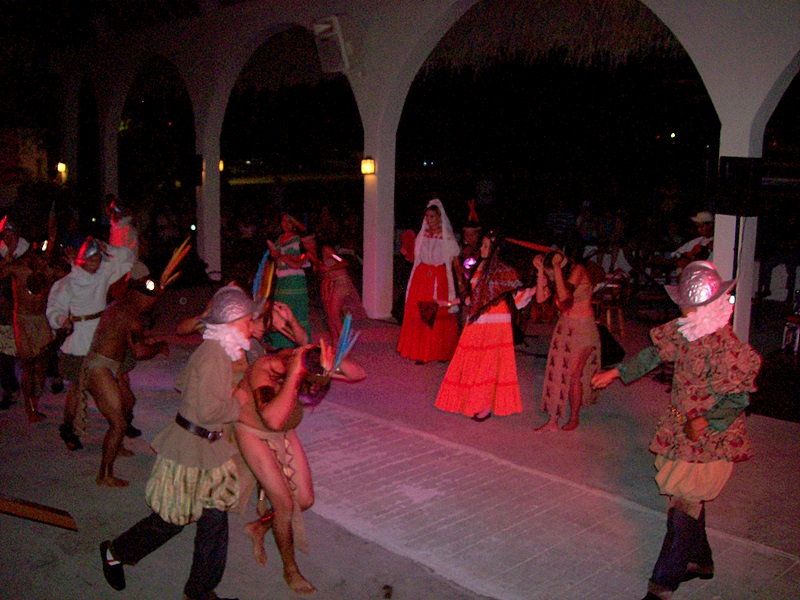 Title
Title
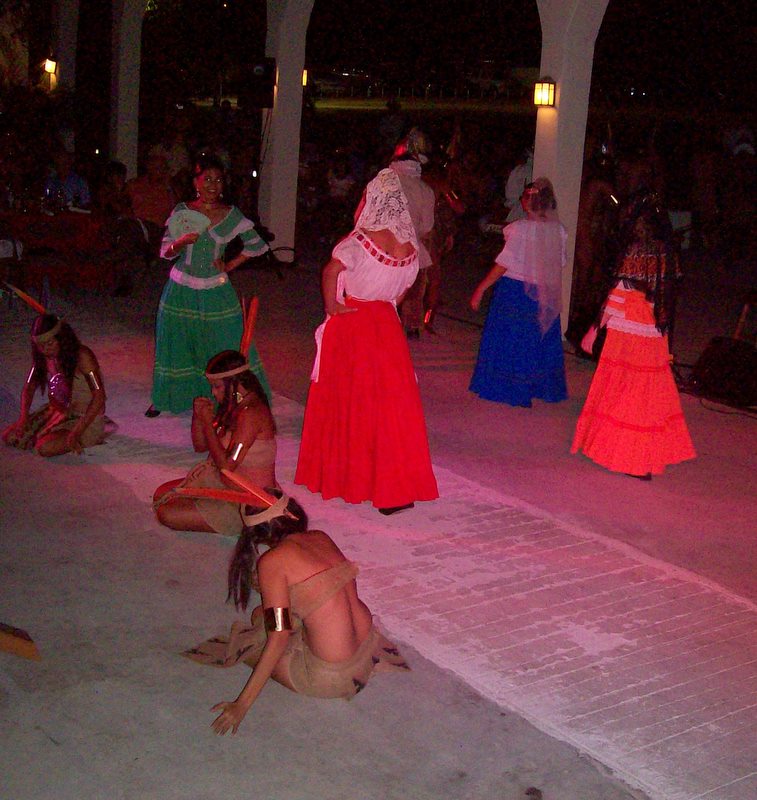 Title
Title
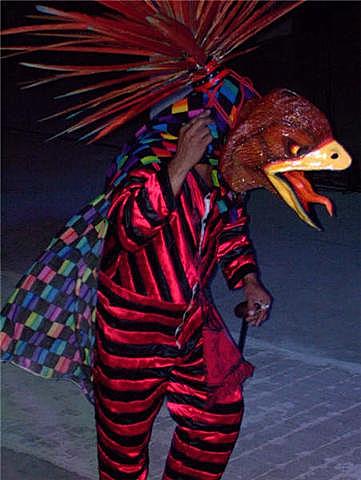 Title
Title
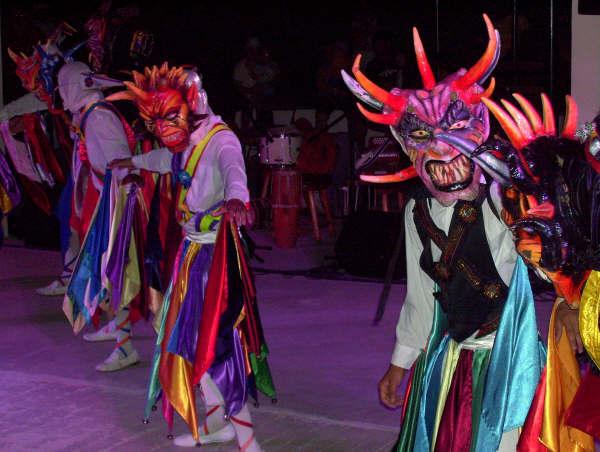 Title
Title
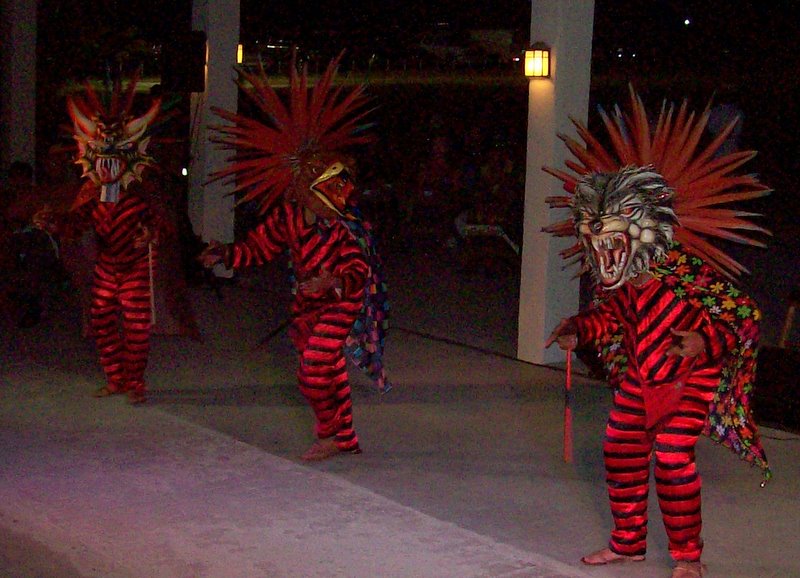 Title
Title
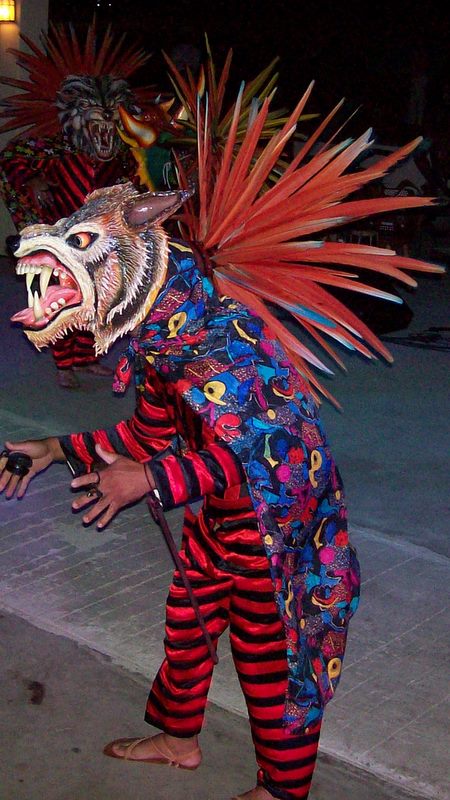 Title
Title
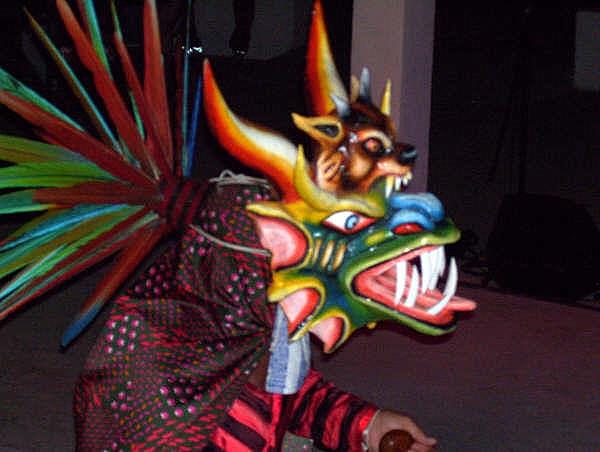 Title
Title
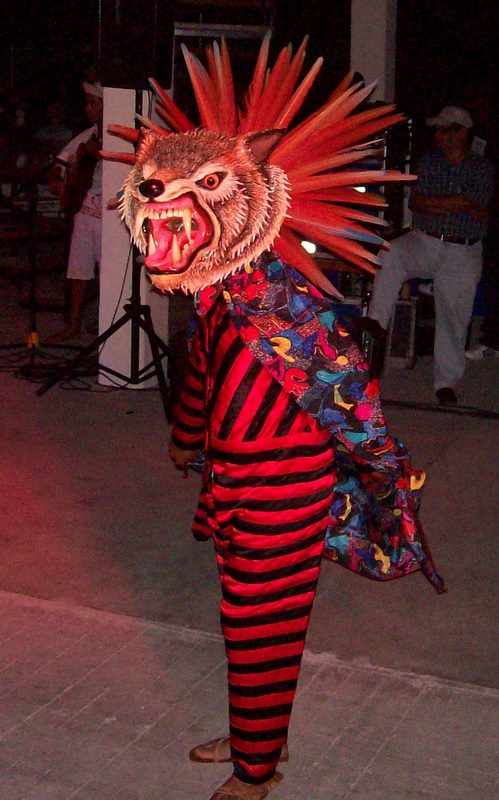 Title
Title
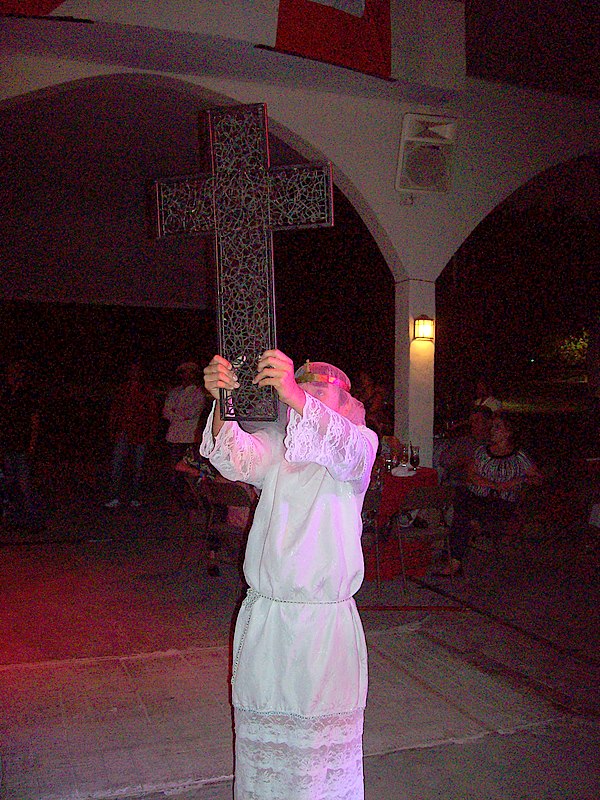 Title
Title
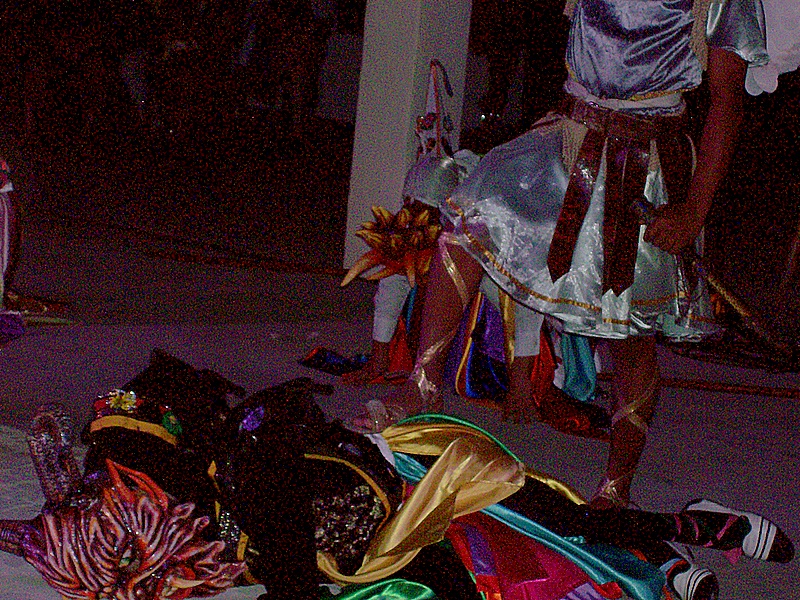 Title
Title
 Title
Title
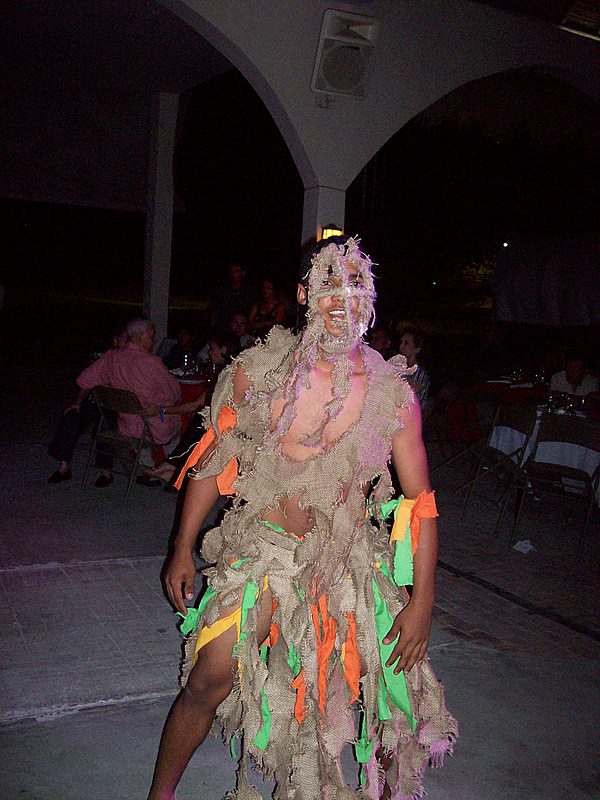 Title
Title
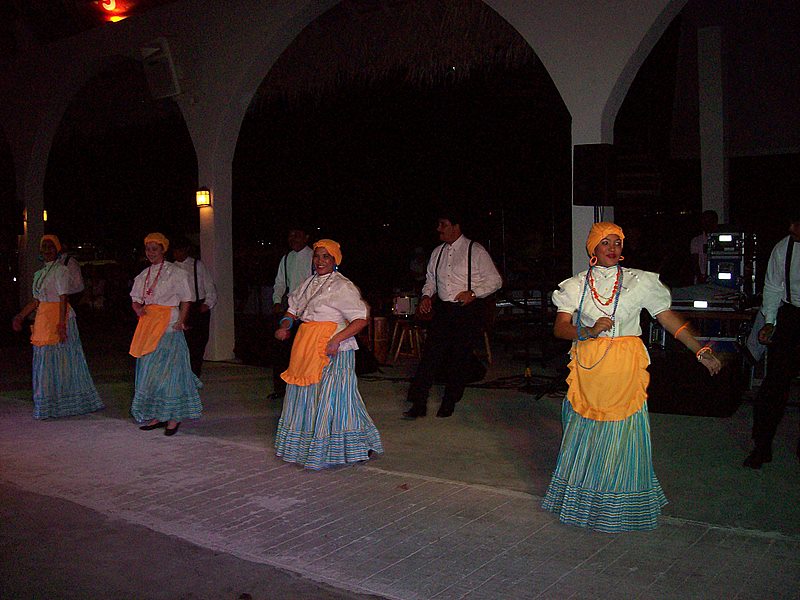 Title
Title
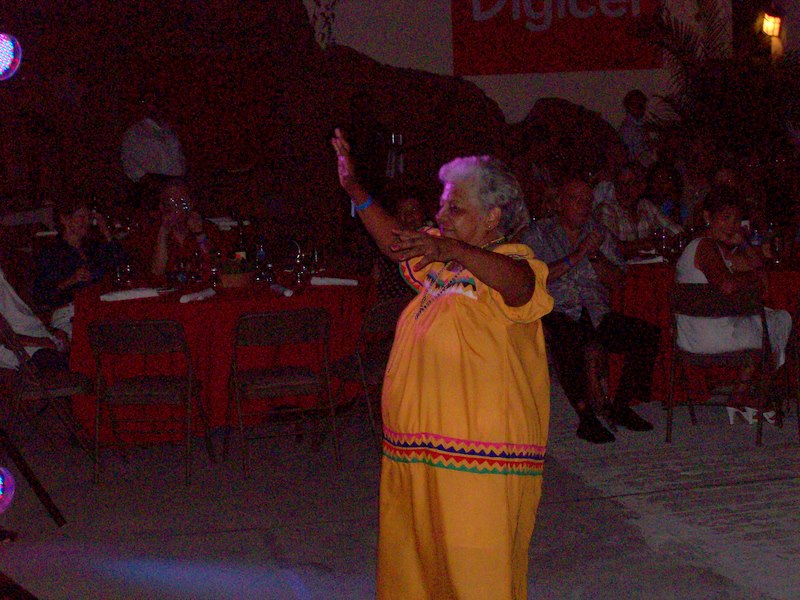 Title
Title
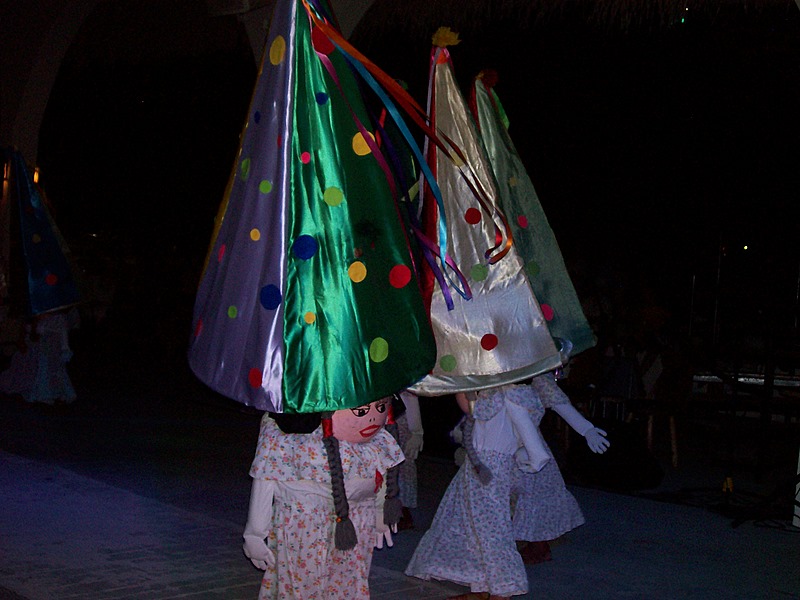 Title
Title
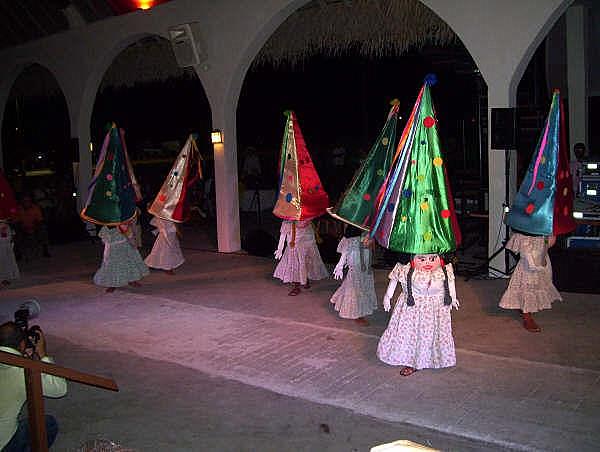 Title
Title
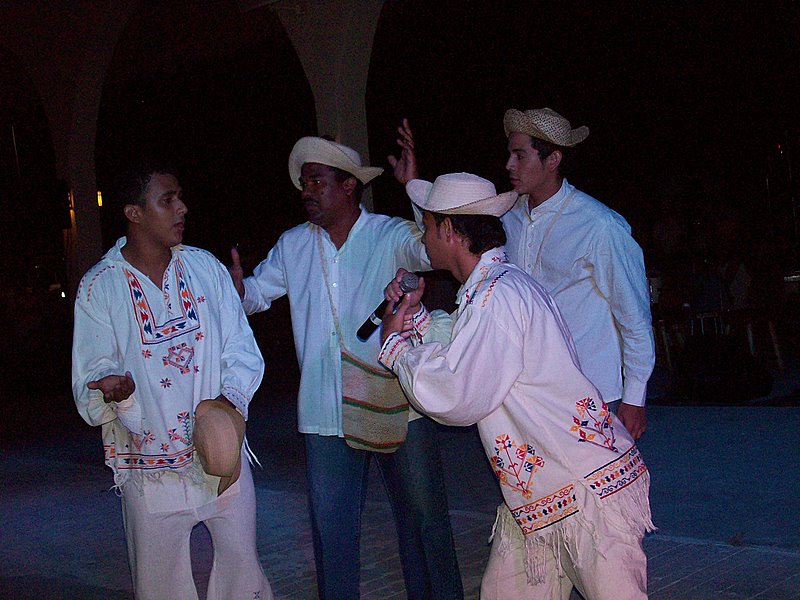 Title
Title
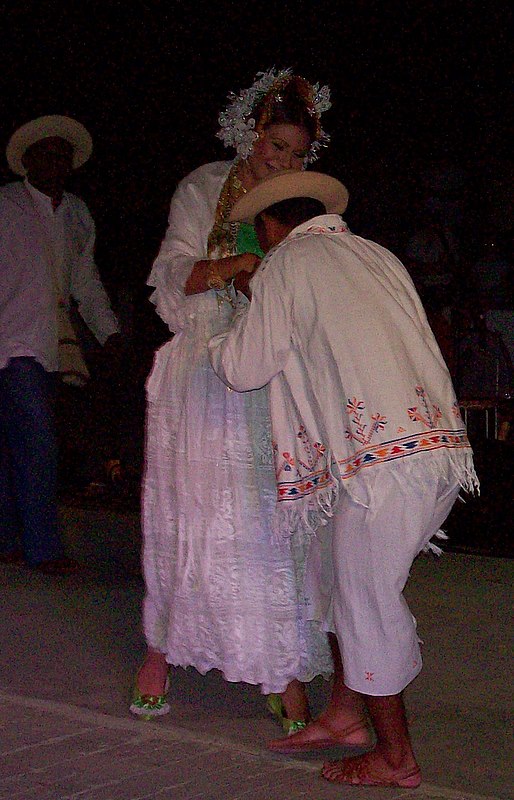 Title
Title
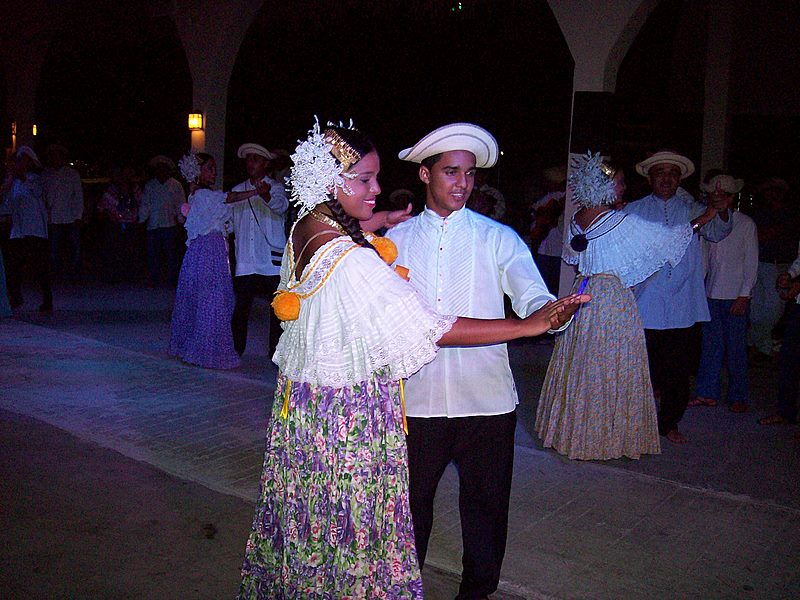 Title
Title
 Title
Title
 Title
Title
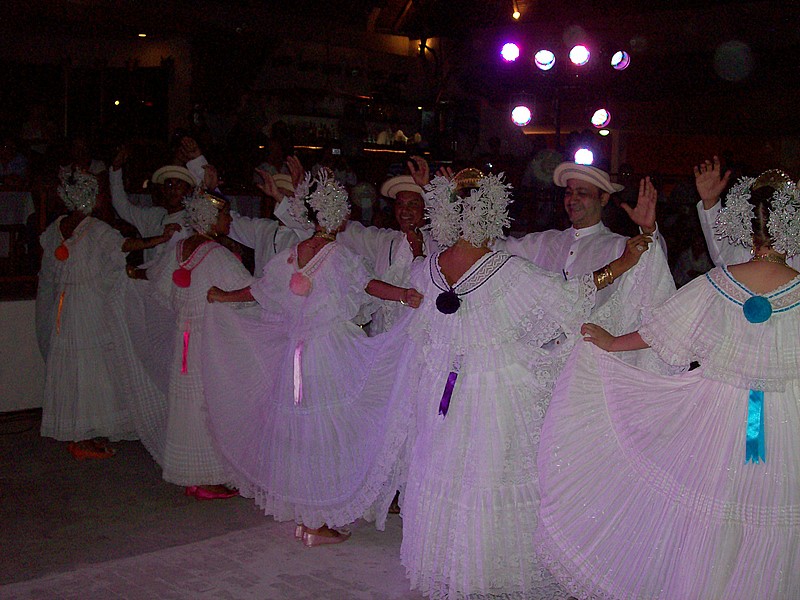 Title
Title
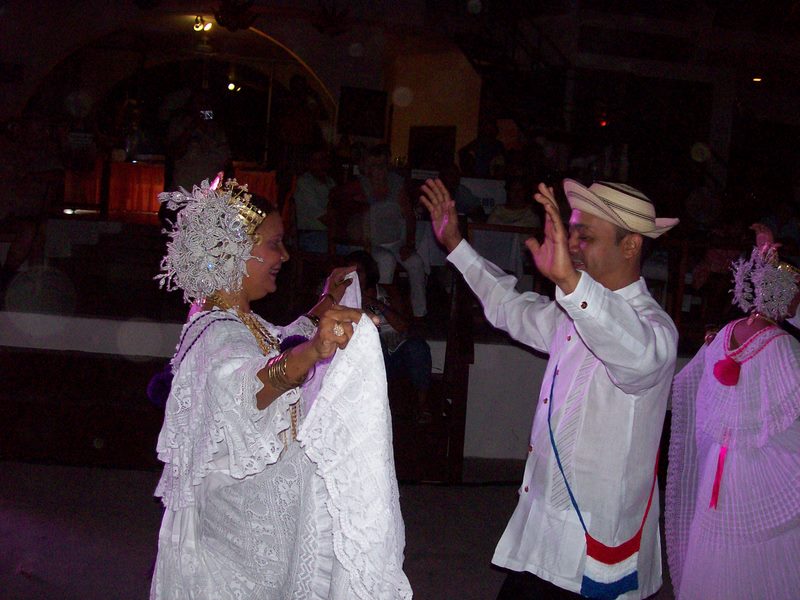 Title
Title
 Title
Title
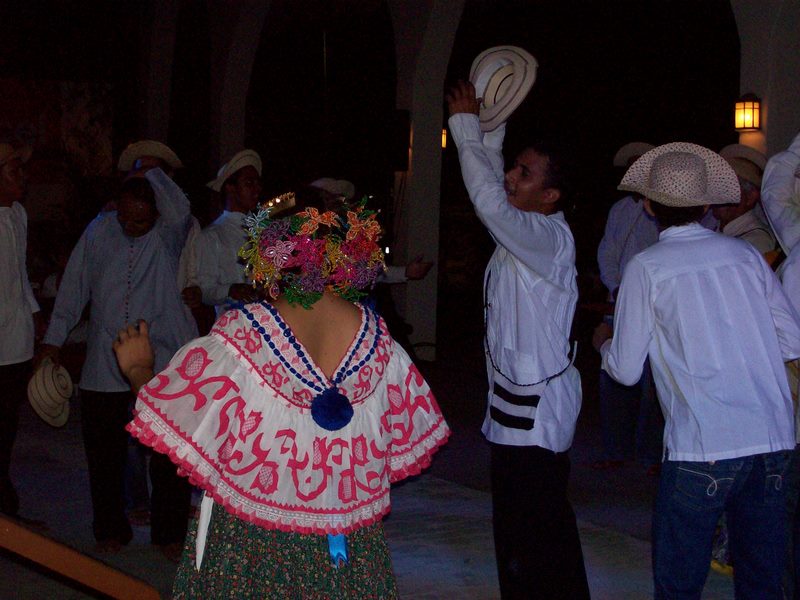 Title
Title
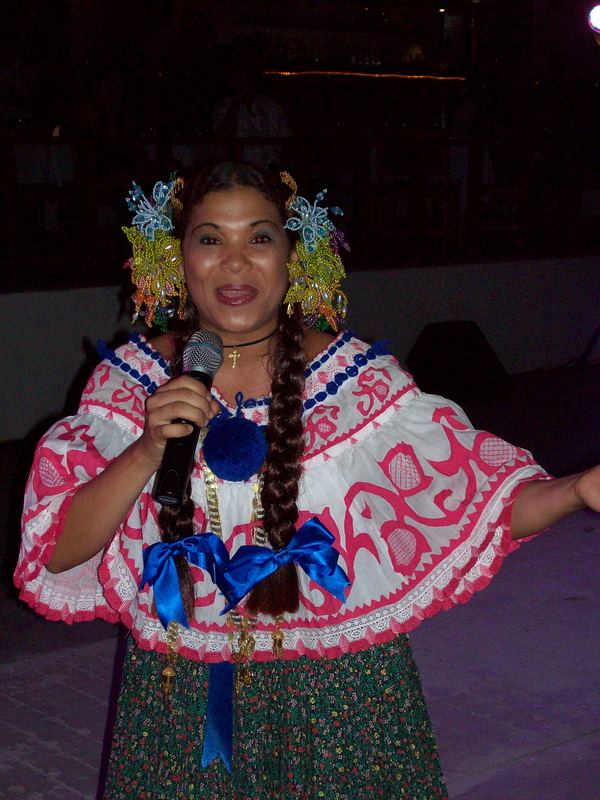 Title
Title
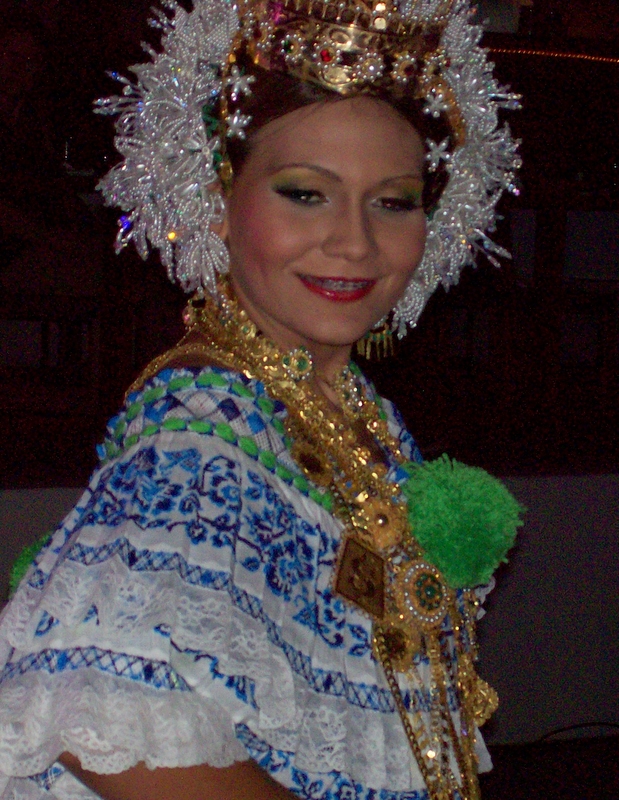 Title
Title
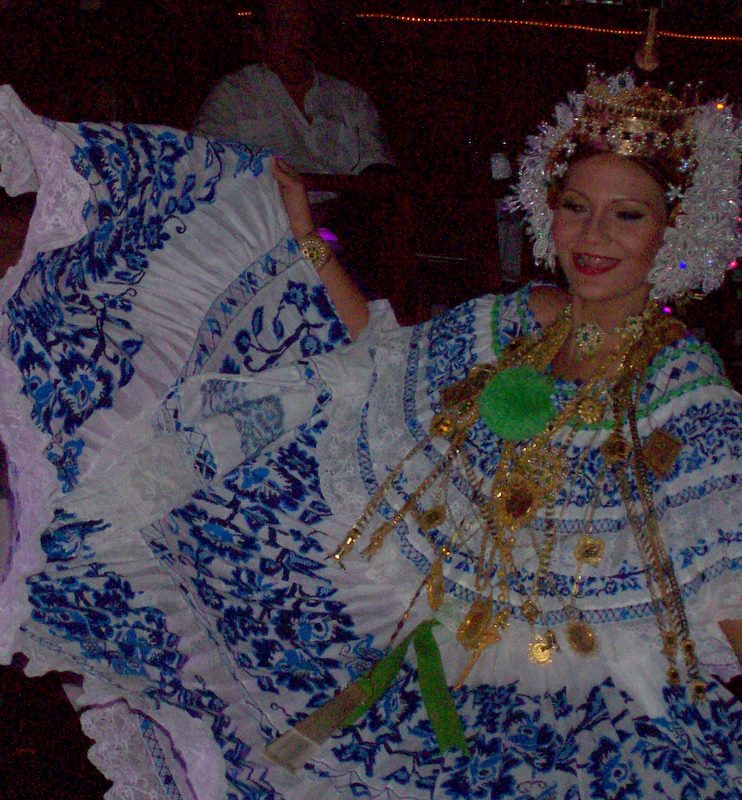 Title
Title
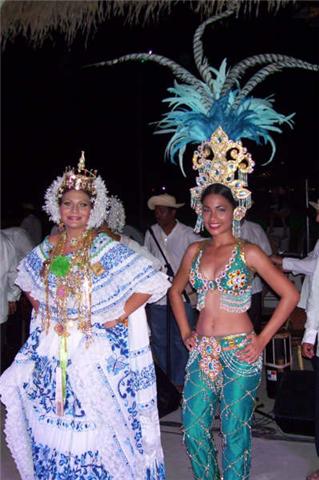 Title
Title
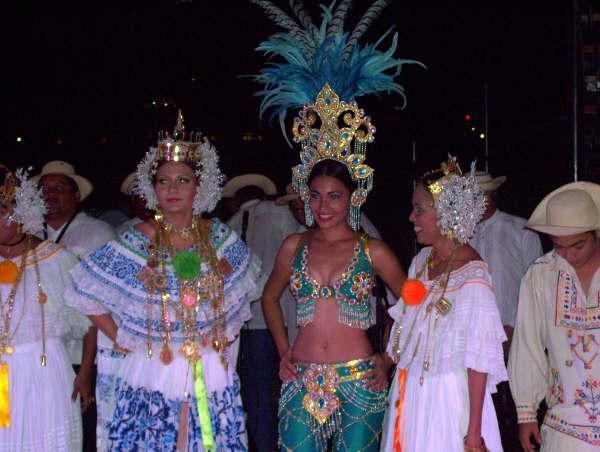 Title
Title
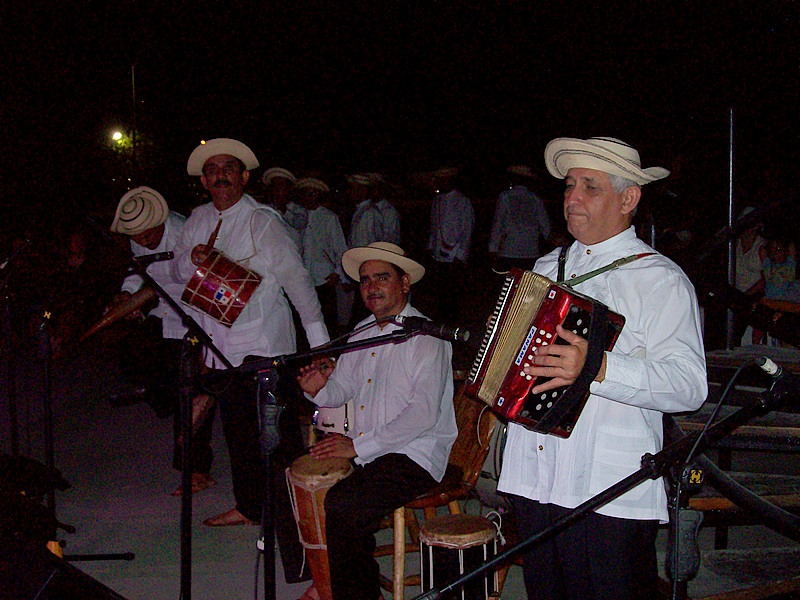 Title
Title
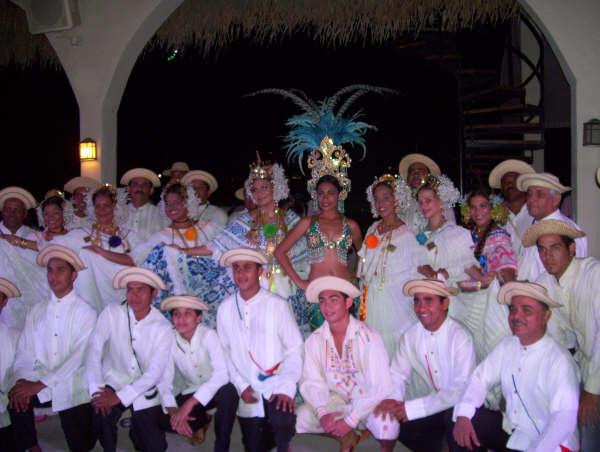 Title
Title
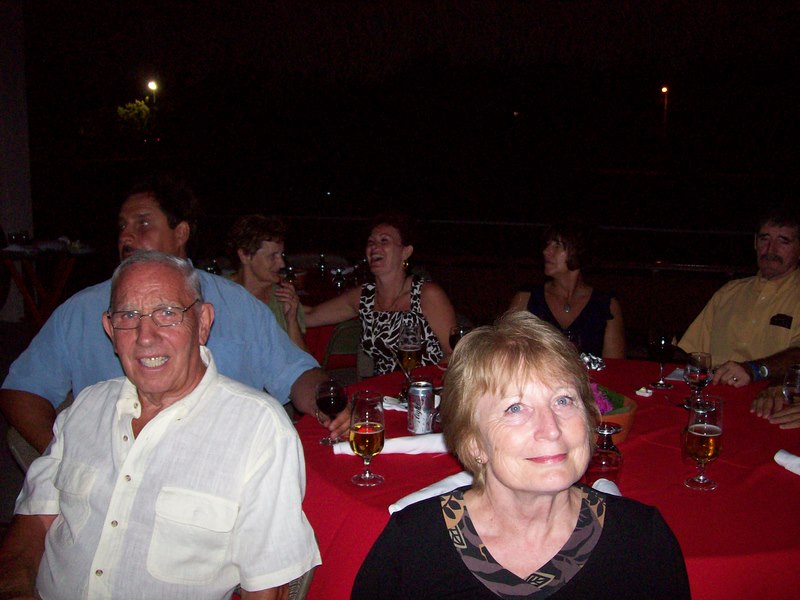 Title
Title
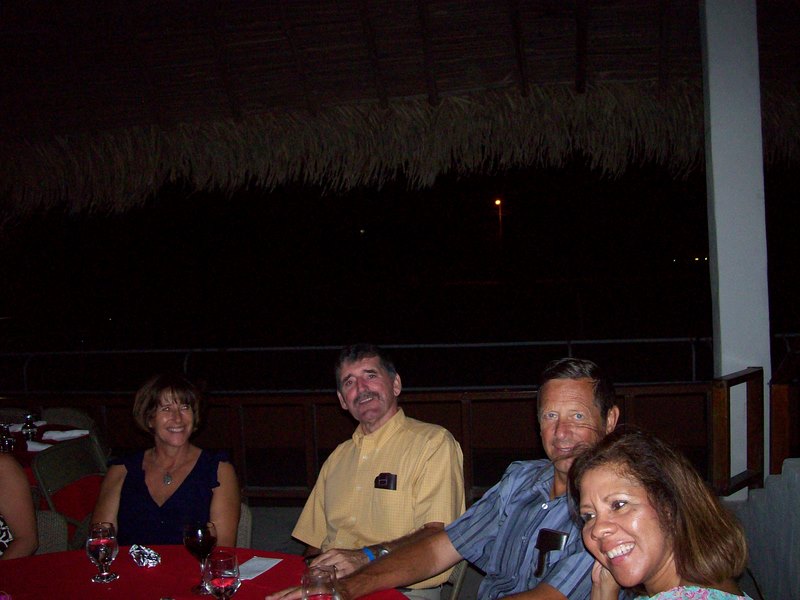 Title
Title
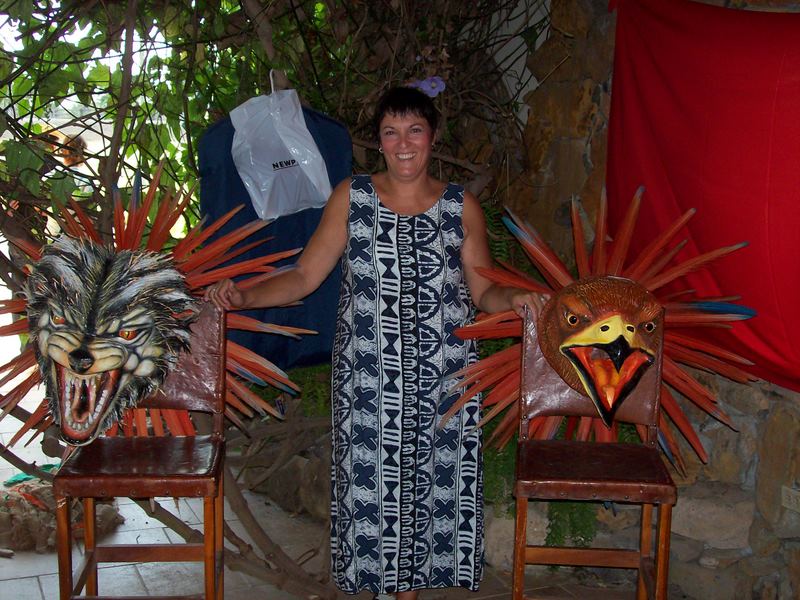 Title
Title
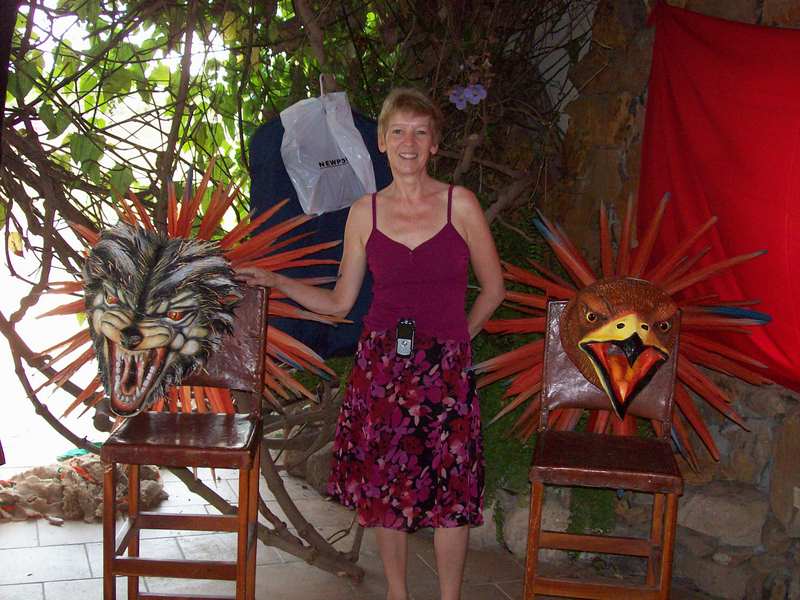 Title
Title
 Title
Title
